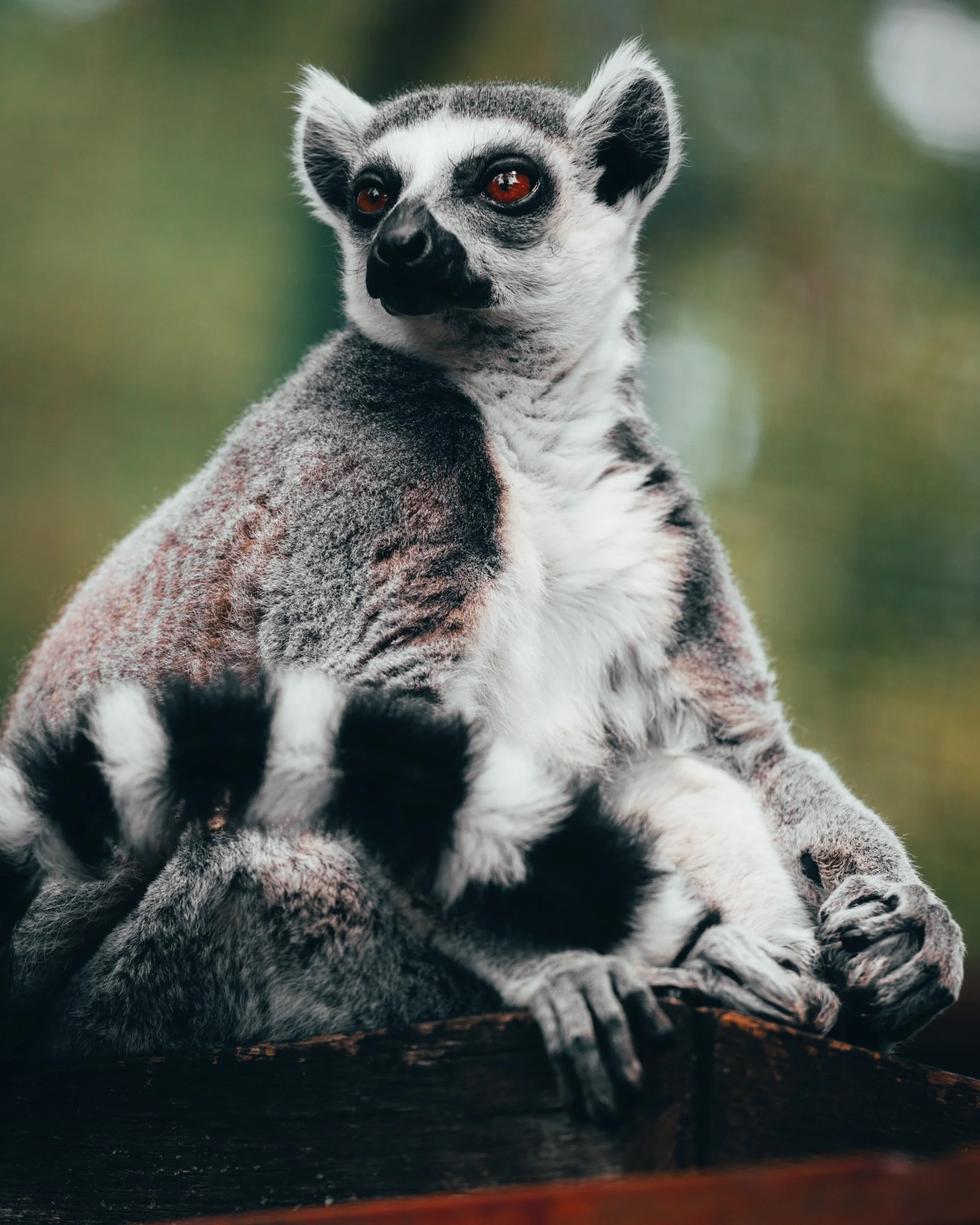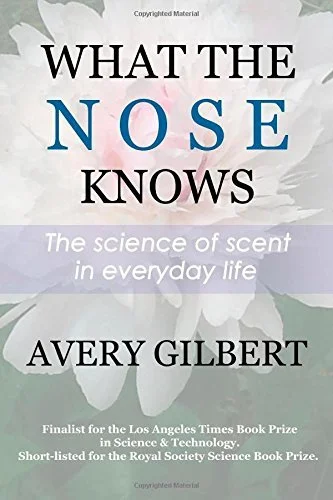ringtailed lemur
Perhaps judging a man by his cologne isn't as superficial as it seems.
Duke University researchers, using sophisticated machinery to analyze hundreds of chemical components in a ringtailed lemur's distinctive scent, have found that individual males are not only advertising their fitness for fatherhood, but also a bit about their family tree as well.
"We now know that there's information about genetic quality and relatedness in scent," said Christine Drea, a Duke associate professor of biological anthropology and biology. The male's scent can reflect his mixture of genes, and to which animals he's most closely related. "It's an honest indicator of individual quality that both sexes can recognize," she said.
Lemurs, distant primate cousins of ours who split from the family tree before the monkeys and apes parted ways, have a complex and elaborate scent language that until recently was completely undiscovered by humans. Drea said it's language that is undoubtedly richer than we can imagine.
"All lemurs make use of scent," she said. "The diversity of glands is just amazing."
Ringtailed males have scent glands on their genitals, shoulders and wrists, each of which makes different scents. Other lemur species also have glands on their heads, chests and hands. Add to these scents the signals that can be conveyed in feces and urine, and there's a lot of silent, cryptic communication going on in lemur society.
Wearing a scent-based nametag declaring one's genetics is probably useful in avoiding aggression with closely related males, Drea said. It's also quite likely to help prevent inbreeding by signaling family relationships to females, but the research to prove that is still ongoing.
For this study, Drea and postdoctoral fellows Marie Charpentier and Marylène Boulet focused solely on male ringtailed lemurs living at the Duke Lemur Center.
The males have a gland and spike on each wrist that is used to scratch and mark saplings with highly aromatic scents. A pair of glands on the shoulders "like misplaced nipples" manufacture squalene, a scent molecule that works like glue to keep the more aromatic compounds in place longer. Males can be seen dabbing the wrist gland on the chest gland and then scratch-marking. The wrist glands are also central to the "stink fighting" of ringtails, in which they rub the glands along the length of their bushy tails, and then foist them into each others' face to express dominance.
Most importantly, the male also has a scent gland on his scrotum that becomes critical to marking territory and advertising fitness during mating season. He does a handstand and rubs this gland directly onto a tree trunk to let any interested lemurs know who he is and what he's made of.
Scent not only speaks volumes, it's physiologically expensive to make, Drea said. When a lemur is ill or socially stressed, its scent changes dramatically. "If he loses his signals, it's quite likely its because he's less genetically fit," Drea said. "And his sexual or social partners can know that."
Female ringtailed lemurs have just one scent gland in the genital area, but their scent is more complex than the males'. Via scent, females may advertise not only their fertility, but the presence of a pregnancy and how far along it is, Drea said.
To a human, a lemur has a sort of musky scent. "In its little vial, the sample smells just terrible," said Charpentier, the postdoctoral fellow who deciphered the genetics and is now examining the behavioral response to these scents.
But under a gas chromatograph and mass spectrometer, postdoctoral fellow Boulet found that the powerful musk resolves into at least 203 different chemical compounds in a complex mix that has been found to vary not only by season, but by an individual's genetics as well. Boulet conducted this analysis after collecting cotton swabs of scent from the scrotums and other parts of 19 male lemurs throughout the seasons.
These findings fit with work done on how people feel about the odors individual humans leave behind on a T-shirt and sheds more light on Charles Darwin's theories about sexual selection being one of the drivers of evolution, Drea said. In both cases, there is some subtle signaling in scent that apparently helps govern mate choice or nepotism, even when humans' meager sense of smell isn't conscious of it, she said.

